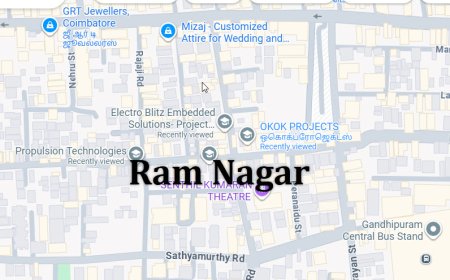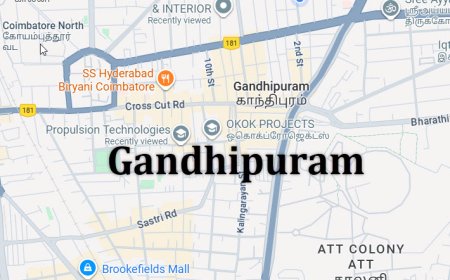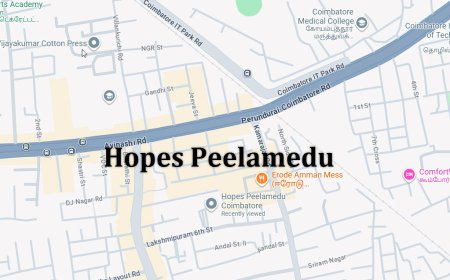Hand Ball Match Prediction in Python Projects
Hand Ball Match Prediction in Python Projects
Hand Ball Match Prediction in Python Projects
Abstract
Predicting outcomes of sports matches has become an important area in sports analytics, enabling coaches, analysts, and bettors to make informed decisions. The project Handball Match Prediction in Python Projects aims to develop an intelligent system that forecasts the result of handball matches based on historical team performance, player statistics, and match conditions. Python is used as the development platform due to its comprehensive libraries for data processing, machine learning, and visualization, including Pandas, NumPy, Scikit-learn, TensorFlow, Keras, and Matplotlib. The system collects historical match data, player metrics, team statistics, and environmental factors, and applies machine learning algorithms to classify or predict match outcomes. By providing accurate predictions, the system helps teams strategize, assists analysts in performance evaluation, and supports stakeholders in making informed decisions.
Existing System
Existing methods for sports match prediction often rely on simple statistical models, expert opinions, or betting odds. Traditional approaches use descriptive statistics such as win/loss ratios, goal differences, or head-to-head results, which fail to capture complex patterns, player interactions, or dynamic changes in team performance. Manual analysis by experts can be subjective and inconsistent, and rule-based systems do not scale well to large datasets or evolving conditions. Additionally, conventional systems often ignore contextual information like player injuries, home advantage, or match importance, limiting predictive accuracy and applicability in real-world scenarios.
Proposed System
The proposed system introduces a Python-based machine learning framework for handball match prediction. Historical match data, player statistics (e.g., goals, assists, defensive actions), team performance metrics, and match conditions (e.g., location, opponent strength) are collected and preprocessed to handle missing values, normalize features, and encode categorical variables. Machine learning models such as Random Forest, Gradient Boosting, Support Vector Machines (SVM), and Artificial Neural Networks (ANN) are trained to predict match outcomes or probabilities of win, loss, or draw. Feature importance analysis identifies key factors influencing match results, improving interpretability for coaches and analysts. Model performance is evaluated using accuracy, precision, recall, F1-score, and confusion matrices. The system provides actionable insights for match preparation, strategic planning, and performance evaluation, enabling teams and stakeholders to make data-driven decisions.
What's Your Reaction
 Like
0
Like
0
 Dislike
0
Dislike
0
 Love
0
Love
0
 Funny
0
Funny
0
 Angry
0
Angry
0
 Sad
0
Sad
0
 Wow
0
Wow
0






























